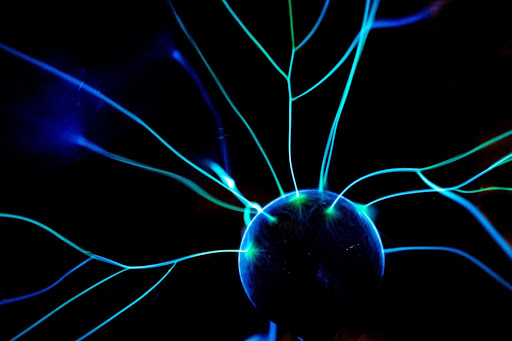What Is A SubDAO?
Disclaimer: The Industry Talk section features insights by crypto industry players and is not a part of the editorial content of Cryptonews.com.

A DAO, or Decentralized Autonomous Organization, is still a fairly new term, with most people outside of the crypto ecosystem either never hearing the term or not knowing what it means. Over thousands of years, the dominating business model has been that of centralization. A business creates a good or service, sells it to customers, and controls all the decisions that need to be made. That there is an emerging business model that goes against everything centralized is amazing in itself, but the reasons are actually fairly complex. It isn’t that we suddenly realized that a decentralized organization would be a good idea. Various political systems have tried this many times, though we’ve never been able to create a system that is both scalable and stable. Centralization or corruption always enter the picture, halting the utopian vision that is pure equality and a community determining their own path. Your typical public company with shareholders may have the appearance of a DAO, with various proposals and votes taking place. However, in practice this is decentralization in name only; the vast majority of public companies have a shockingly small number of shareholders who hold a majority vote.
So why has blockchain allowed organizations to become truly decentralized? The DAO is a simple structure. Though it can be set up a number of ways, the general idea is the same. A group of individuals align their own interests with those of the platform (usually in the form of staking), and are given the privilege of both proposing new ideas and voting on the ideas that have been proposed. There are certain rewards for staking, but the ability to have a non-trivial say in a potentially billion dollar platform is an incredible thing. The key to this is the technology offered by the blockchain, and the intelligent alignment of incentives. In terms of technology, this type of organization would be at high risk of corruption if centralized and off-chain. The use of smart contracts and other automated elements allows all actions to be transparent and out of the hands of any one person. With a monetized stake in the platform, the goal of the community is to continuously improve and grow the platform. Transparency, automation, and incentive are fairly easy foundations to set up with blockchain, but they have accomplished what political, social, and even religious organizations have failed to do for millenia.
While this might seem like a perfect system, there is one element missing from the DAO: scalability. As the organization grows and more people join the DAO, the automation can handle the larger numbers without issue. However, the qualitative effectiveness of the DAO risks being diluted if too many people join and try to weigh in on (through proposals and voting alike) very specialized topics, such as finance, development, logistics, etc. How can we keep everything that makes a DAO great, while ensuring it continues to be both efficient and effective as the community grows? This leads to the creation of SubDAOs, which may hold the key to that much-needed scalability.
SubDAO Basics
A SubDAO is a structure within a DAO that has a very specific scope. Perhaps the most advanced use case of a SubDAO is the work the dYdX Foundation has done to develop an Operations Trust that will take the form of a Operations SubDAO (see the proposal here). In the case of dYdX, there was an initial six months period of an Operations Trust handled by selected individuals in order to organize the structure, determine what is needed for future efforts, and to ensure that the funding is used correctly. However, now that the initial period has concluded, the DAO has voted to establish the effort as a SubDAO, with a budget allocated and a scope of responsibilities.
Why should an operations effort, or any other effort for that matter, be established as a SubDAO? The biggest reason is scalability. In the case of dYdX Foundation, the work and scope are increasing as the ecosystem continues to develop. If there were a large amount of operations-based proposals on the primary DAO register, it would create two sets of issues. First, the average DAO member would be inundated with proposals they likely don’t care about. Second, they would likely feel an obligation to vote on proposals for which they don’t have extensive knowledge on. This can become a slippery slope, and groupthink mentality can create bad decisions that are simply avoidable. Set up as a SubDAO, only those members who are interested in and experienced with operations can choose to join, giving more weight to each vote from those who are best equipped to drive the right decisions and progress.
Risks of SubDAOs
Before platforms decide to break out their DAO into dozens of pieces, it’s important to realize a few of the risks to creating SubDAOs. There is no set way to create a SubDAO, but if a SubDAO is set up with only a few members, and they are the only members who can vote, then that minority of individuals has just been given disproportionate power. This could be very dangerous for a platform if those individuals are either ill equipped or have ill intent. Similar to this, assigning the budget for a SubDAO and choosing how it is entrusted should be well thought out in advance, ensuring that those involved are experienced, and especially that their interests are well-aligned with the platform as a whole.
On the Horizon
Looking ahead, we should see more and more SubDAOs created as platforms continue to grow and reach critical mass. No doubt there will be many breakthroughs, lessons learned, and best practices that help to ensure that DAO’s can continue to represent the very best of decentralized organizations.



